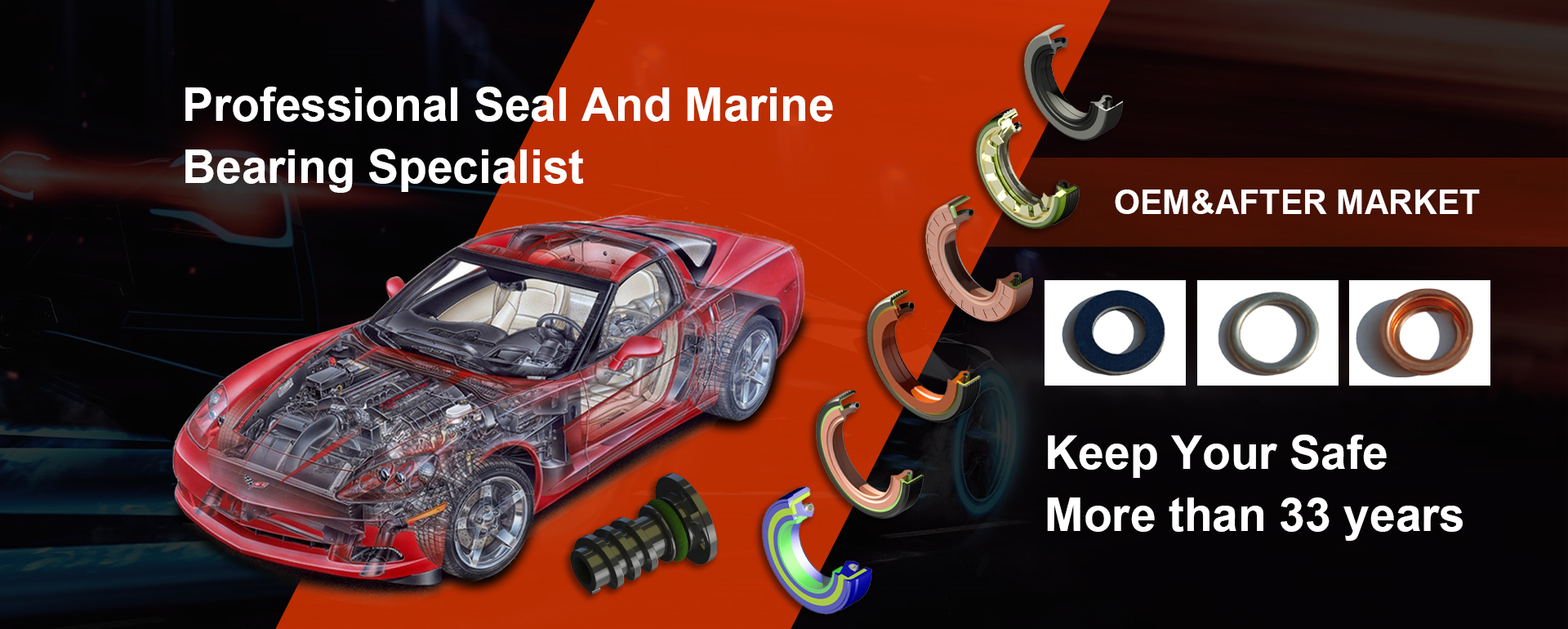High-Quality Seal Oil Seals and O-Ring Seals for Optimal Performance
Understanding Seal Oil, Oil Seals, and O-Ring Seals
Seals play a crucial role in various mechanical systems, ensuring that fluids do not leak from their intended containment areas. Among the numerous types of seals, oil seals and O-ring seals are two of the most commonly used varieties, each serving specific functions and applications.
Oil Seals
Oil seals, also known as shaft seals or rotary seals, are designed to prevent the leakage of lubricants in rotating machinery. They are usually installed on shafts where the movement occurs, such as in engines, gearboxes, and pumps. An oil seal typically consists of a rubber or polyurethane body, a spring, and a sealing lip. The design allows the sealing lip to make contact with the shaft, creating a barrier against oil leakage while also accommodating for slight misalignments and wear over time.
One of the key benefits of oil seals is their ability to withstand harsh operating conditions. They are often resistant to extreme temperatures, pressures, and chemical exposure, making them suitable for use in automotive, industrial, and marine applications. Regular inspections and maintenance of oil seals are crucial since worn or damaged seals can lead to significant fluid leaks and potential machinery failure.
O-Ring Seals
seal oil seal oring seal

O-ring seals are circular rings made from elastomeric materials, commonly used to create a tight seal between two or more parts. Their simple yet effective design allows them to be utilized in various applications, including plumbing fixtures, hydraulic systems, and automotive components.
The round cross-section of an O-ring enables it to compress when placed between two surfaces, creating a tight seal. O-rings are versatile and can be found in both static and dynamic applications, where they prevent the passage of liquids and gases. The choice of material is essential, as different elastomers provide varying levels of resistance to temperature, pressure, and chemical exposure.
One advantage of O-rings is their cost-effectiveness. They are relatively inexpensive and easy to replace, making them a popular choice in many industries. However, proper selection, installation, and maintenance are crucial to ensure an effective seal and prevent leaks.
Conclusion
In summary, oil seals and O-ring seals are vital components in various mechanical systems, providing essential functions in leak prevention and fluid retention. Understanding the characteristics, applications, and maintenance requirements of these seals is important for engineers and technicians working in industries that rely on fluid systems. By ensuring the integrity of these seals, machinery can operate efficiently, reducing the risk of leaks and extending the service life of machines.
-
Understanding the Front Main Engine Seal: Purpose, Maintenance, and Installation
News Jul.29,2025
-
Understanding O-Rings and Seal Rings: Types, Applications, and Custom Solutions
News Jul.29,2025
-
Understanding Crankshaft Oil Seals: Rear Seals, Pulley Seals, and Their Role in Engine Integrity
News Jul.29,2025
-
The Importance of Front and Rear Crankshaft Seals in Engine Performance and Oil Management
News Jul.29,2025
-
Crank Oil Seals: Functions, Types, and Cost Considerations in Engine Maintenance
News Jul.29,2025
-
A Comprehensive Guide to O-Rings and Seals: Types, Materials, and Global Applications
News Jul.29,2025
-
Mastering Diesel and Performance Engine Maintenance: A Guide to Critical Oil Gaskets
News Jul.28,2025
Products categories















